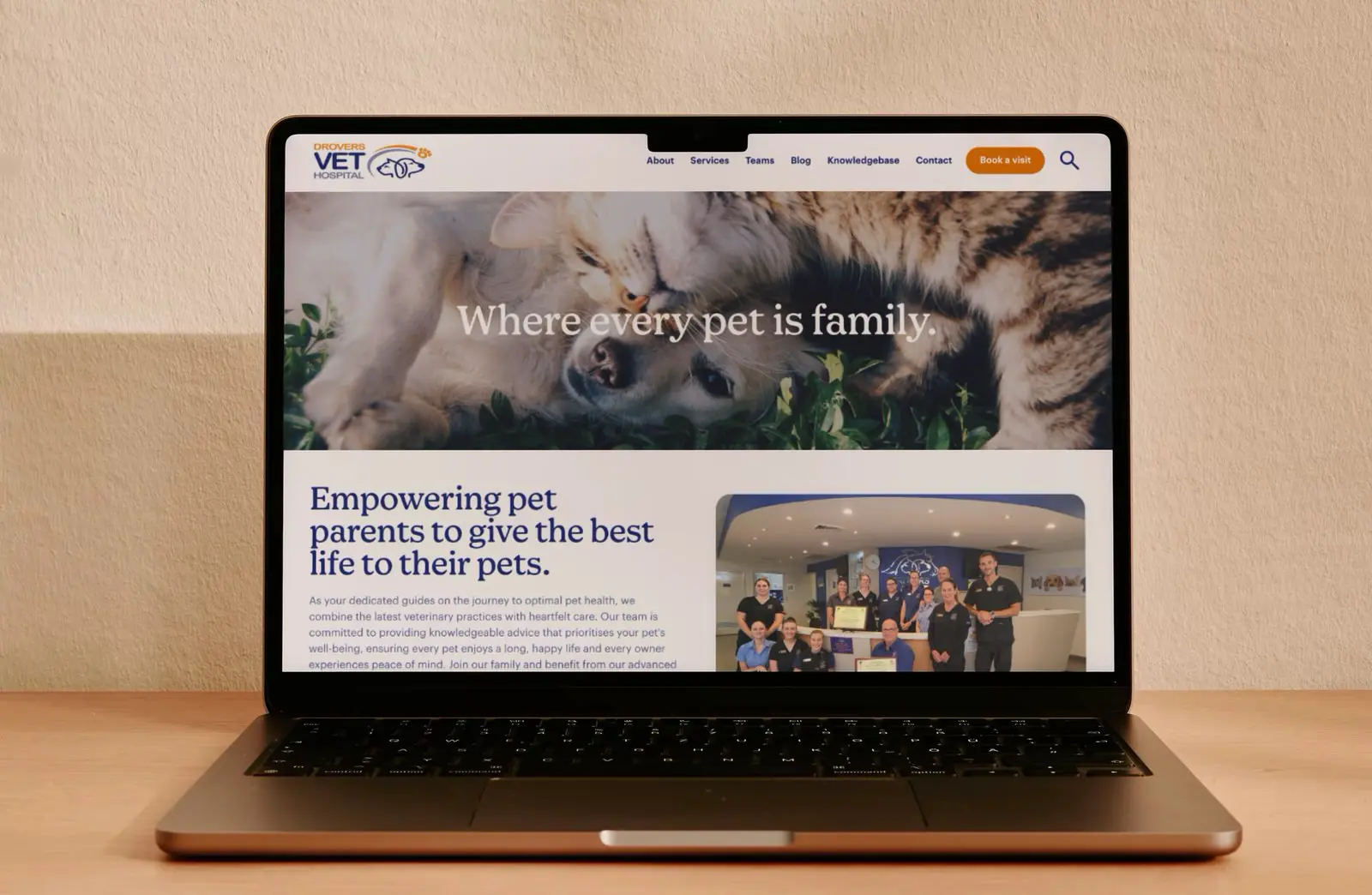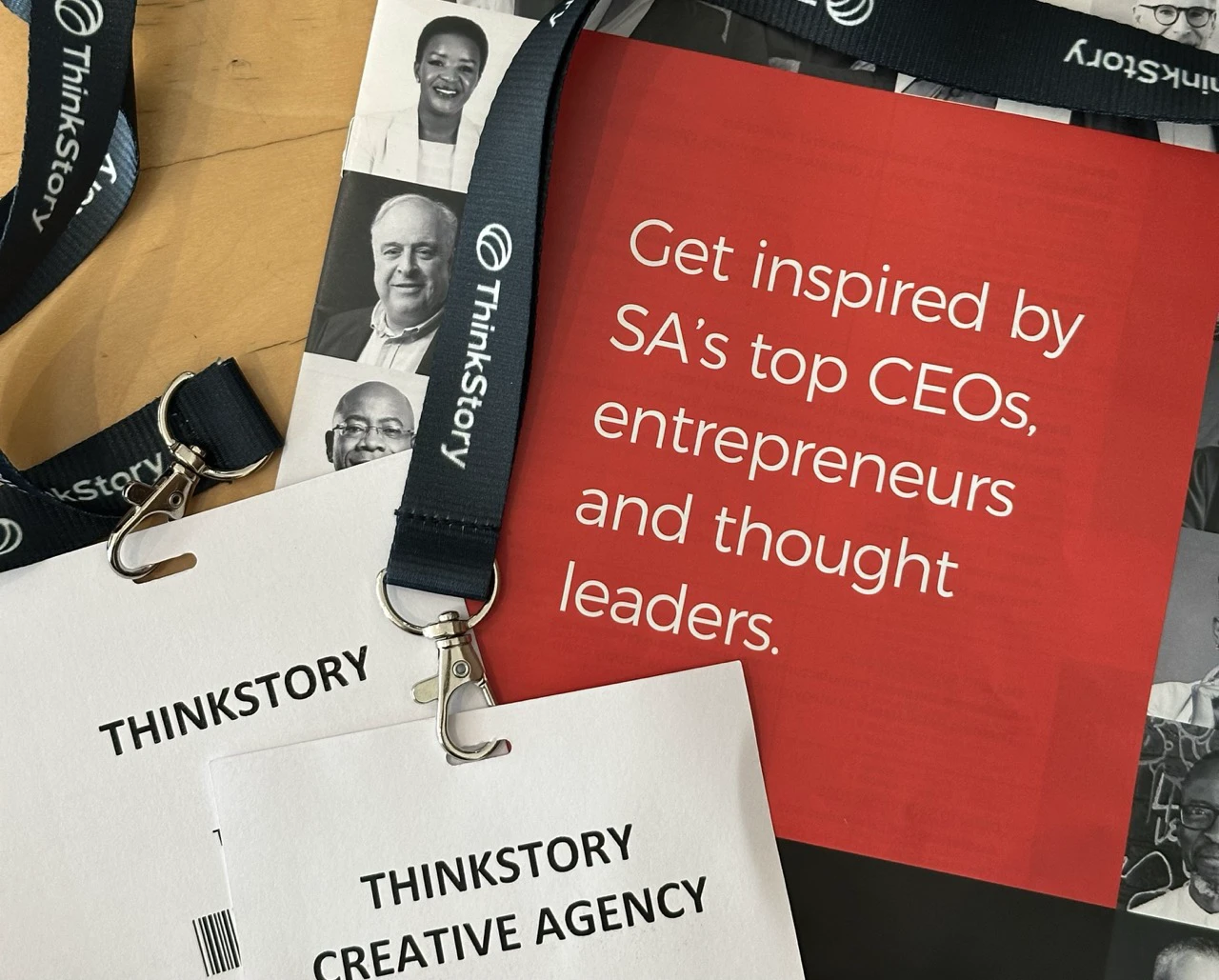The Small Business Social Media Trap and the Simple Strategy That Works
.webp)
It's not an uncommon experience for South African small businesses to put consistent effort into their social media - posting daily across platforms - and end up with engagement rates hovering waaay below the expected rates, and not be able to trace a single client enquiry back to their social media presence.
A recent study by the Digital Marketing Association of South Africa found that 78% of small businesses maintain active profiles on four or more social platforms, yet only 23% report meaningful business outcomes from their social media efforts. This isn't due to a lack of effort, it's the trap of scattered, purposeless posting that keeps business owners busy without driving results.
The Content Hamster Wheel Phenomenon
Most small businesses have fallen into what marketing researchers now call the "content hamster wheel" - a relentless cycle of posting for the sake of posting. The symptoms are telling: daily posts across multiple platforms, generic content that could apply to any business, and metrics focused on followers rather than actual business impact.
The numbers don't paint a pretty picture. Industry data from Hootsuite's 2024 State of Digital report shows that small businesses posting across four or more platforms see average engagement rates of 0.7%, compared to 3.2% for businesses that focus their efforts on one or two primary channels. The reason isn't complicated: audiences can sense when content lacks direction and purpose.
In South Africa's competitive digital landscape, where businesses are fighting for attention amongst increasingly sophisticated consumers, this scattered approach is particularly damaging. Local research from the University of Cape Town's Graduate School of Business indicates that South African consumers are 40% more likely to engage with brands that demonstrate clear expertise in specific areas rather than those trying to be everything to everyone.
Why the Multi-Platform Approach Backfires
The logic behind posting everywhere seems sound: more platforms equal more visibility, which should equal more customers. Yet this approach fundamentally misunderstands how social media actually drives business results.
Each platform demands its own content style, posting schedule, and engagement approach. Instagram favours visual storytelling, LinkedIn rewards professional insights, and TikTok thrives on authentic, unpolished content. When businesses try to adapt the same message across all platforms, the content becomes diluted and loses the specific appeal that makes each platform effective.
More critically, the multi-platform approach spreads resources thin. Small business owners who spend thirty minutes each morning posting across five platforms could instead invest that two-and-a-half hours weekly into creating genuinely valuable content for one platform where their customers actually spend time.
The engagement mathematics are unforgiving. Research from the Content Marketing Institute shows that businesses posting three times weekly on one platform generate 200% more meaningful interactions than those posting daily across multiple channels. Quality trumps quantity, but only when that quality is concentrated where it matters most.
The Platform Focus Strategy That Actually Works
The solution is posting with intention. The Platform Focus Strategy centres on a simple premise: choose one primary platform based on where your customers spend their time, then commit to doing it properly.
This approach begins with customer research. A financial advisor whose clients are corporate executives should focus on LinkedIn, regardless of whether Instagram has more users. A handmade jewellery designer targeting young professionals might find Instagram more effective than Facebook, despite Facebook's larger user base in South Africa.
Once you've identified your primary platform, the posting strategy becomes deliberately structured. Three posts per week, each serving a specific purpose: educate your audience about industry insights, entertain them with behind-the-scenes content, or inspire them with success stories and practical advice.
The 80/20 rule provides the content balance. Eighty percent of posts should deliver genuine value without any sales pitch; industry tips, interesting observations, helpful resources. The remaining twenty percent can promote your services, but even these posts should focus on how you solve customer problems rather than listing features and credentials.
Authentic Engagement Changes Everything
Where most businesses fail is in follow-through. Social media is fundamentally about conversation, yet many small businesses treat it like a broadcasting platform. They post content then disappear, missing the crucial engagement window that turns casual viewers into potential customers.
The two-hour response rule transforms social media from a promotional tool into a relationship-building channel. When someone comments on your post or sends a direct message, responding within two hours shows that real humans run your business, not automated systems. This responsiveness is particularly valued in South Africa, where consumers increasingly prioritise businesses that demonstrate personal attention and care.
Authentic engagement involves asking genuine questions in your posts, sharing opinions that reflect your business values, and participating in conversations on other accounts within your industry. This approach builds what marketing professionals call "social proof" - the evidence that your business is active, engaged, and trusted within your community.
Measuring What Matters for Business Growth
The final piece involves tracking metrics that actually connect to business outcomes. Follower counts and post likes might feel satisfying, but they don't pay the bills. The Platform Focus Strategy demands measurement of business-relevant metrics: website traffic from social media, enquiry form completions, consultation bookings, and actual sales attribution.
Modern social media management tools make this tracking straightforward. Facebook's Business Manager, LinkedIn's Campaign Manager, and Instagram's Professional Dashboard all provide detailed analytics showing how social media activity translates into website visits and business enquiries. The key is setting up these tracking systems before implementing the focused strategy, creating a clear before-and-after comparison.
Businesses implementing the Platform Focus Strategy consistently report remarkable improvements. A Cape Town-based interior design firm saw enquiries increase by 240% within six months of switching from daily multi-platform posting to three weekly LinkedIn posts focused on office design trends. A Johannesburg personal trainer grew his client base by 180% after concentrating his efforts on Instagram rather than trying to maintain presence across five platforms.
The Business Impact of Strategic Social Media
When businesses post with clear purpose on their chosen platform, they develop genuine expertise and authority within their industry. This authority becomes a competitive advantage that's difficult for competitors to replicate quickly.
Research from the Small Business Development Agency shows that South African small businesses using focused social media strategies report 25% higher customer retention rates compared to those using scattered approaches. The reason centres on trust; customers prefer working with businesses that demonstrate deep knowledge in specific areas rather than surface-level familiarity across many topics.
The time savings prove equally valuable. Business owners who previously spent ten hours weekly managing multiple social media accounts can redirect that energy toward client service, product development, or strategic planning. This shift often creates a positive cycle where improved business operations provide more interesting content for social media posts.
Your Next Step Forward
The Platform Focus Strategy requires one immediate decision: which platform will become your primary focus? Look at your current analytics to see where your audience actually engages, not where you think they should be. If you're starting fresh, consider where your ideal customers spend their professional or personal time online.
Once you've chosen your platform, audit your current content calendar. Replace generic posts with specific, valuable content that demonstrates your expertise. Set up proper tracking systems to measure business outcomes rather than vanity metrics. Then commit to responding to every comment and message within two hours for at least three months.
The content hamster wheel keeps many small businesses busy without driving results. The Platform Focus Strategy offers a different path: one where social media becomes a genuine business development tool rather than a time-consuming obligation. Your customers are already on social media, waiting for businesses that understand how to connect authentically and provide real value.
The choice is straightforward: continue posting everywhere with minimal results, or focus your efforts where they can actually drive business growth. Your future customers (and your bottom line ) will thank you for choosing the latter.
Read Similar Success Stories
Discover how other businesses have transformed their marketing challenges into growth opportunities through strategic partnerships with us.
Ready to stop struggling with your marketing?
Book a 20-minute call today and discover how clear communication can transform your business.















.webp)